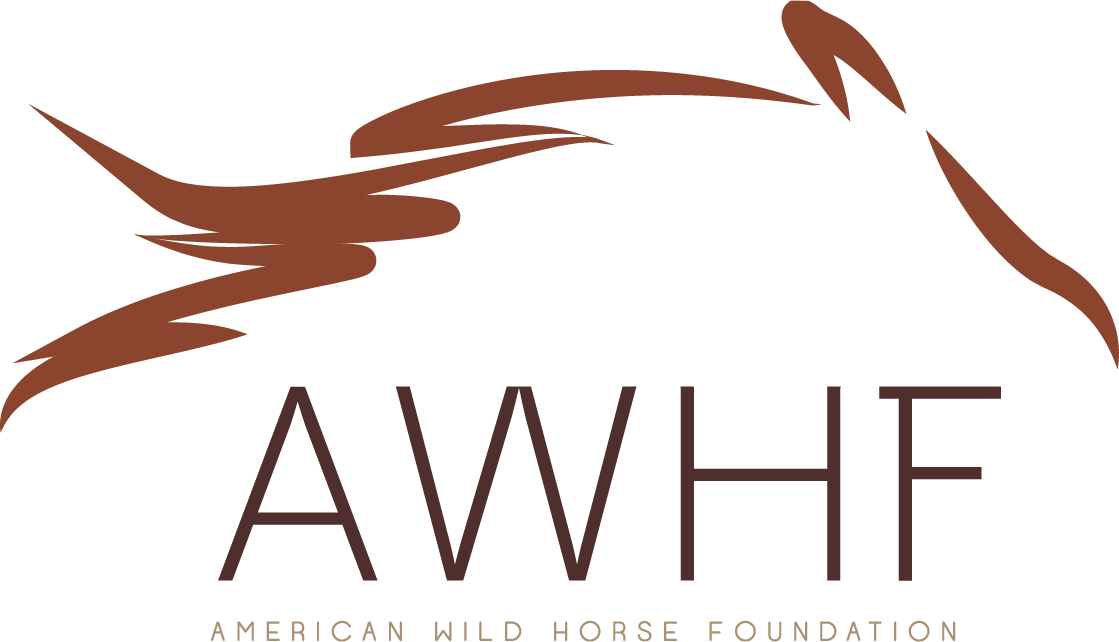Problems We Face
The Wild Horse-Public Land Dilemma
Our HORSES
There are approximately 117,674 federally-protected wild horses and burros[1]. It would seem that wild horses don’t require preservation. Sadly, they are at the greatest risk since the passage of the Wild and Free-Roaming Horses and Burros Act of 1971. Here’s why.
Almost 40% are no longer living in the wild. They have been removed, gelded, separated by sex and placed into holding facilities. This removes their wild and instinctive behaviors, their ability to procreate, and limits public access to them.
Those in the wild may not be for long. Of the 72,000 wild horses and burros remaining, many are in herd sizes that will zero out over time. In addition, another 47,000 are considered “excess” and have been targeted for removal. The majority of these will be our wild horses.
The result is extinction level herds. If the "excess" is removed, the population of both wild horses and burros will be reduced to 26,715, what is referred to as Appropriate Management Level (AML). If managed at AML, it is estimated that two-thirds of the remaining herds will genetically be in danger of extinction. [2].
ONgoing battle & Uncertain Future
Our wild horses’ future on our public lands remains an active battle and uncertain. Indeed, every year wild horse advocates must ensure that the budget passed by Congress includes anti-slaughter language. These advocates also try to ensure our wild horses retain the protections originally granted them.
At the same time, because the wild horses co-exist on land where American ranching families have held grazing rights since the 1930s, the current management of the land by the BLM has forced a deep conflict between ranchers and those trying to protect our wild horses. Whether they support wild horses or not, ranchers often find they are viewed as the villain to our wild horse heritage, thus losing their link to this part of our history.
[1]The Wild and Free-Roaming Horses and Burros Act of 1971 protects both wild horses and burros. Numbers provided by the BLM for this program include both wild horses and burros. More information about these numbers may be found here
[2] Dr. Gus Cothran, the leading equine geneticist, determined that the
minimal herd size to ensure the needed genetic diversity is between 150-200 horses and in 2009 instructed the BLM on this number. Indeed, this number has been adopted by the BLM and is referenced in their Policy Handbook (see section 4.4.6.3). Of the active HMA's, only 34% have an AML at 150 or higher. See Dr. Cothran's letter here. See the Policy Handbook here.

